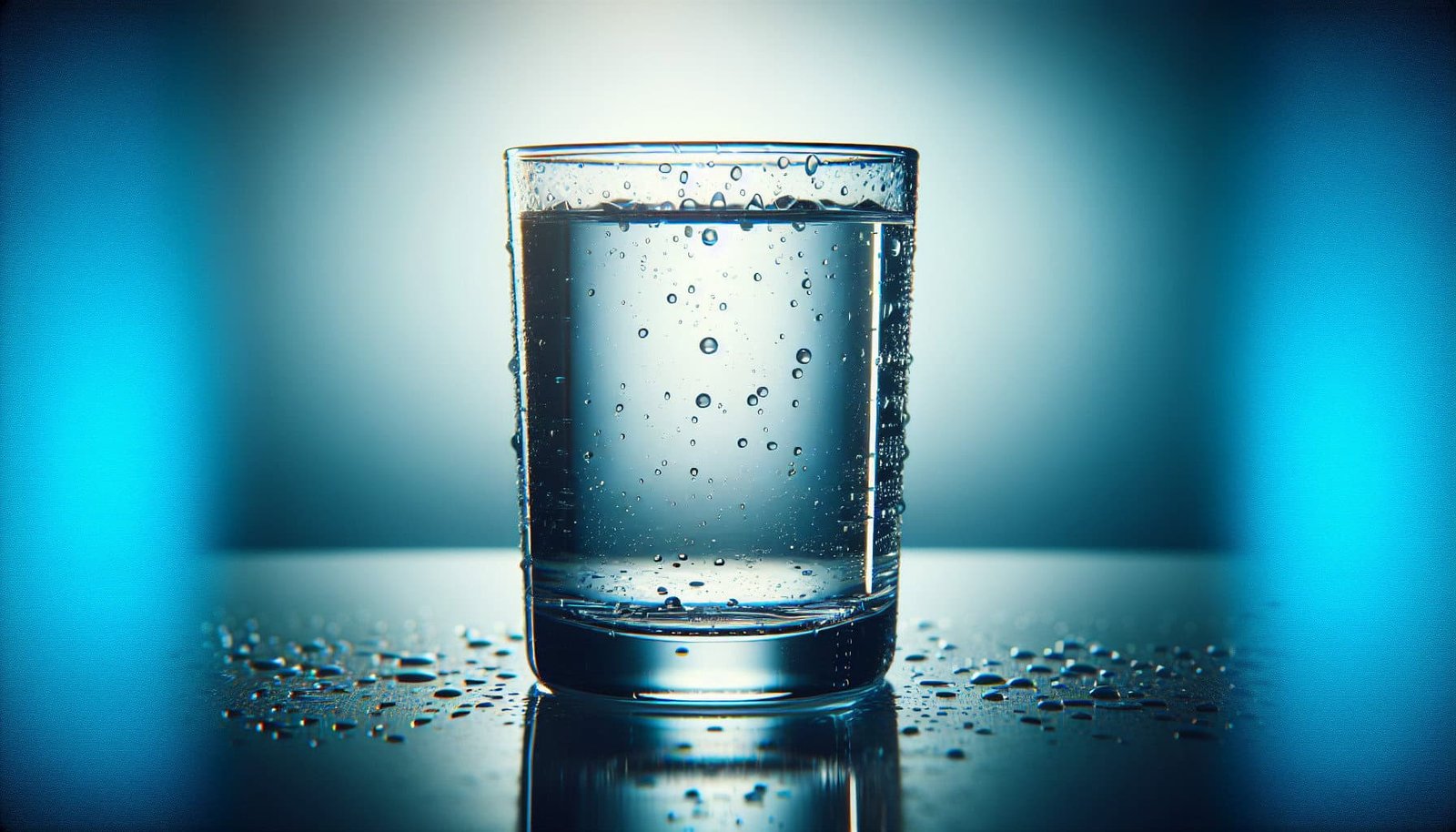Are you interested in finding out about the regulations for well water with elevated nitroaromatics? It’s important to know if there are any rules or guidelines in place to ensure the safety and quality of well water that may be contaminated with these substances. In this article, we will explore the topic and provide you with some valuable information on the regulations, if any, that exist for well water with elevated nitroaromatics. So, let’s dive in and learn more about this crucial issue.
Regulations for Well Water with Elevated Nitroaromatics
Nitroaromatics in Well Water
Nitroaromatics are a class of organic compounds that contain a nitro group directly attached to an aromatic ring. These compounds can enter well water through various sources such as industrial discharges, agricultural activities, and urban runoff. Elevated levels of nitroaromatics in well water can pose a potential health risk to individuals who consume or use this water for daily activities.
Health Effects of Elevated Nitroaromatics
Exposure to elevated levels of nitroaromatics in well water can have significant health effects. Some nitroaromatic compounds, such as nitrobenzene, are known to be toxic to the liver, kidneys, and central nervous system. Long-term exposure to these compounds has been associated with an increased risk of cancer, reproductive disorders, and developmental abnormalities. It is crucial to regulate and monitor the levels of nitroaromatics in well water to protect public health.

Existing Regulations and Guidelines
The regulation of nitroaromatics in well water falls under the jurisdiction of various regulatory bodies, including the Environmental Protection Agency (EPA), the Safe Drinking Water Act (SDWA), and state and local regulations. These regulatory frameworks aim to ensure the quality and safety of drinking water by establishing permissible limits for various contaminants, including nitroaromatics.
Environmental Protection Agency
The Environmental Protection Agency (EPA) is responsible for setting national standards for drinking water quality and enforcing regulations to protect public health. The EPA has established maximum contaminant levels (MCLs) for numerous substances, including nitroaromatic compounds. The MCL for nitrobenzene, for example, is set at 1 microgram per liter (µg/L). Water suppliers are required to regularly monitor and report the levels of nitroaromatics in their water sources to ensure compliance with these standards.

Safe Drinking Water Act
The Safe Drinking Water Act (SDWA) is a federal law that was enacted to protect public health by regulating the nation’s public drinking water supply. Under this act, the EPA is responsible for establishing and enforcing standards for drinking water contaminants. The SDWA requires water suppliers to test their water sources regularly and notify customers if any contaminants, including nitroaromatics, exceed the established limits. The act also provides funding and technical assistance to help states comply with these standards.
State and Local Regulations
In addition to federal regulations, state and local governments also play a crucial role in regulating nitroaromatics in well water. Many states have developed their own guidelines and regulations for monitoring and controlling the levels of contaminants, including nitroaromatic compounds, in drinking water. These regulations may vary from state to state and may include additional monitoring requirements or stricter limits than those set by the EPA.

Testing and Monitoring Requirements
To ensure the safety of well water, testing and monitoring for nitroaromatics should be conducted regularly. Water suppliers and well owners should work together to conduct routine testing to identify and quantify the presence of nitroaromatic compounds in well water. Sampling should be done at the source and periodically at different points within the distribution system to detect any potential contamination. Additionally, continuous monitoring systems can be installed to provide real-time data on nitroaromatic levels, allowing for immediate actions to be taken if elevated concentrations are detected.
Remediation Techniques
If elevated levels of nitroaromatics are detected in well water, remediation techniques can be employed to reduce or eliminate the contamination. Some common techniques include activated carbon filtration, reverse osmosis, and advanced oxidation processes. These methods help to remove or break down the nitroaromatic compounds, effectively purifying the water and ensuring its safety for consumption. It is important for well owners to seek professional advice and assistance when implementing remediation techniques to ensure their effectiveness and prevent any unintended consequences.

Educational and Awareness Efforts
Promoting educational and awareness efforts is crucial in ensuring the compliance with nitroaromatic regulations and protecting public health. Well owners, water suppliers, and the general public should be informed about the potential health effects of nitroaromatics and the importance of testing and monitoring well water. Educational campaigns and outreach activities can help raise awareness and provide resources to help individuals better understand and address the issue. Collaboration between government agencies, non-profit organizations, and community groups can significantly contribute to these efforts.
Future Directions
As scientific knowledge and technological advancements continue to progress, regulations and guidelines for nitroaromatics in well water may evolve. Research efforts should focus on understanding the sources and pathways of nitroaromatic contamination, as well as developing more efficient and cost-effective detection and remediation techniques. Additionally, ongoing monitoring and surveillance programs should be established to identify emerging nitroaromatic compounds and address them promptly. Continued collaboration between regulatory bodies, researchers, and the public will be essential in ensuring the safety and quality of well water in the future.
In conclusion, regulations for well water with elevated nitroaromatics are in place to protect public health. The EPA, the SDWA, and state and local regulations provide a framework for monitoring and controlling the levels of nitroaromatics in well water. Testing, monitoring, and remediation techniques are essential to ensure the safety of well water, and educational efforts are crucial in raising awareness and promoting compliance with regulations. Continued research and collaboration will contribute to further advancements in the field, ensuring the protection of well water for future generations.


